Two-Piece vs Three-Piece: Choosing the Right Wheel Configuration for Fleet Vehicles
Introduction: Wheel Configurations for Fleet Management
Choosing the right wheel setup makes all the difference when running a fleet operation smoothly. Fleet managers deal with different kinds of wheels daily from basic manual models to those swivel bases that let vehicles turn on a dime. These wheels come with their own strengths based on what they're made from and how they're built. Getting this right saves money in the long run because it cuts down on repairs while keeping things moving as needed. Industry pros have been stressing this point for years now, pointing out that smart wheel choices can really impact day-to-day operations. When companies take time to match wheel types with actual needs across their fleet, they see better results over time without constantly replacing worn out parts.
Defining Key Wheel Types
Fleet managers need to know their way around different wheel types if they want things running smoothly day after day. The two main options on the market today are manual wheels and those swivel bases everyone talks about. Manual wheels tend to be pretty straightforward designs, built tough for places where someone actually has to push them manually. Swivel bases tell another story altogether though they make turning corners so much easier, which matters a lot when navigating tight spaces or complex layouts. What really sets these apart isn't just how they look but what materials go into making them work. Some are made from heavy duty steel while others use plastic reinforced with extra strength. Getting this matching right makes all the difference in the world. Put the wrong wheel on a job site and watch productivity drop fast along with increased breakdowns and repair bills. Manual wheels typically hold up better under weight loads during transportation tasks whereas swivel setups shine when quick movements matter most across various fleet operations.
Why Fleet Selection Matters
Getting the wheel setup right makes a big difference for how well a fleet operates, affecting both how efficient vehicles run and their overall safety record. Real world examples show that when companies pick wheels properly, they end up spending less on repairs and replacements because the vehicles last longer. Money wise, making smart wheel choices cuts down on expenses significantly, which matters a lot for keeping fleet operations profitable. Safety is another key factor too. The wrong wheels can put drivers at risk and cause problems meeting safety regulations. Looking at accident data across different industries, we see that bad wheel setups contribute to more incidents than most people realize. That's why taking time to evaluate wheel options carefully remains so important for any business wanting to balance budget constraints with driver protection requirements.
Two-Piece Wheel Configuration Explained
Construction: Centers and barrels
Two piece wheels basically consist of two parts - the central hub and the outer barrel section. What makes this setup so appealing is how it gives manufacturers much more freedom when building wheels. They can tweak widths and offsets pretty easily to fit different vehicle requirements. Most makers go with aluminum for both parts since it packs decent strength without weighing things down too much. The central part usually has some pretty intricate designs built into it to hold everything together structurally. Meanwhile, the barrel gets all the punishment from roads and pavement. Industry insiders point out that these split designs last longer overall and work especially well in tough conditions where vehicles need extra reinforcement. Truckers and off road enthusiasts tend to favor them precisely because they offer that combination of toughness and adaptability.
Advantages for fleet vehicles
Fleet vehicles often benefit from two-piece wheels, which is why they remain popular among fleet managers across different industries. The lighter weight of these wheels when compared to traditional three-piece designs makes a real difference in both fuel consumption and how well the vehicle carries loads. Another plus point? Replacement costs tend to run lower since only damaged components need swapping instead of tossing the whole wheel assembly. Real world testing shows tires last longer on average, plus drivers report better road grip during turns. What's more, temporary wheel options give operators the ability to switch between different wheel types depending on what kind of work needs doing at any given moment, whether it's heavy hauling or daily city driving. This kind of adaptability translates directly into savings over time for most commercial fleets.
Maintenance considerations
Maintenance requirements vary between different wheel types. Two piece wheels need servicing somewhere in between three piece models (which demand more attention) and single piece wheels (which typically need less). Still important to check those bolts regularly though, making sure they stay secure and watching out for any signs of leakage around the joints. What makes two piece wheels stand out is how issues tend to affect just one part rather than the whole assembly. If something goes wrong with the hub or rim separately, repairs usually cost less money and take less time compared to swapping out an entire wheel. Fleet operators should definitely establish regular inspection routines and keep track of wheel conditions over time. Keeping on top of these things helps wheels last longer while keeping vehicles running safely within regulations. Ultimately this saves both time and money across the whole operation.
Three-Piece Wheel Configuration Explained
Modular Design Components
Three piece wheels get attention because they're built differently than standard ones, giving manufacturers way more freedom when designing them. Basically, these wheels consist of three separate parts – there's the inner barrel, then the outer barrel, plus a central component that holds everything together. Each of these sections contributes something important to how well the whole wheel works. Most often, the inner and outer parts come from aluminum since it doesn't weigh much at all, whereas the middle part tends to be constructed from stronger stuff that can handle lots of pressure. Because each component is separate, mechanics can tweak things like diameter and positioning pretty easily, which means these wheels fit onto different kinds of vehicles without too much hassle. Mechanics and racers love this setup because if one part gets damaged during competition, they don't need to replace the entire wheel just to fix what broke.
Fleet Customization Benefits
Three piece wheels give fleet managers tons of room to customize their vehicles according to performance requirements and load capacities. Heavy haulers especially appreciate the option to get wheels with stronger inner barrels that can handle extra weight without cracking under pressure. Adjusting offset measurements lets operators fine tune how the vehicle handles different road surfaces and weather conditions too. Most experienced fleet managers will tell anyone who asks about the noticeable gains in both operational efficiency and driver safety after switching to custom setups. According to industry data, properly configured wheels can cut down on fuel consumption while also lowering repair bills over time. All this translates into real money savings and better day to day operations, which explains why so many forward thinking companies are making the switch to three piece wheel systems for their entire fleet.
Sealing and Leak Challenges
Three piece wheels have their benefits but they come with some real headaches when it comes to keeping them sealed up tight. The way the inner and outer parts connect depends heavily on those rubber seals and gaskets, and honestly? They just don't last forever. Mechanics see this all the time - those little gaps start letting air out unless someone actually remembers to check them regularly. The bolts that hold everything together need tightening every so often too, otherwise we're looking at flat tires and unhappy customers. When the seals fail completely, whole fleets suffer. Vehicles lose power, fuel economy drops, and repair shops get swamped with work orders. Most experienced technicians will tell anyone who'll listen that regular inspections matter a lot here. Using good quality sealant products makes a world of difference compared to cheap alternatives. For companies relying on three piece wheels day in and day out, taking care of these sealing problems isn't optional it's absolutely essential if they want their equipment running smoothly.
Road Vibration Concerns
The constant shaking from roads really affects how well three piece wheels hold up over time. Components tend to work themselves loose eventually, which can throw off wheel alignment and make them perform worse than they should. Fleet managers need to stay on top of things by setting up regular maintenance routines and looking into tech that helps absorb those vibrations. Research shows what many mechanics already know - when vibrations aren't controlled, wheels don't last as long and require more fixes down the road. Getting ahead of these problems matters a lot. Making sure wheels are installed correctly right from the start plus doing routine inspections goes a long way toward keeping wheels intact and maintaining good performance across entire fleets for years.
Fleet Vehicle Comparison: Two-Piece vs Three-Piece
Durability in Harsh Conditions
Looking at how two piece versus three piece wheels hold up when things get really rough shows some pretty clear distinctions. Most mechanics will tell anyone who'll listen that two piece wheels tend to last longer in tough spots because they're built stronger. These wheels usually have that solid center part welded right onto the barrel, so they don't crack or bend easily even when hit hard. Three piece wheels definitely have their place though. They come apart into separate parts which makes fixing them faster sometimes, especially on big trucks. But those extra joints where the pieces connect? That's where problems start showing up after months of bouncing around on gravel roads or off road trails. Fleet managers we talked to mentioned seeing three piece wheels needing replacement sooner than expected once they started getting beat up regularly.
Long-term Maintenance Costs
Maintenance costs over the lifespan of two piece versus three piece wheel setups really matter for fleet managers trying to keep budgets under control. Two piece wheels generally cost less to maintain since they have a simpler construction with fewer places where things can go wrong. Three piece wheels tell a different story though. These require constant tightening and checking to stop air from leaking out, making them more expensive down the road. Industry data shows that companies running on three piece wheels tend to spend more money fixing problems with seals and bolts that just wear out faster. Some fleet operators we've talked to mention spending anywhere from 15% to 25% more annually on maintenance for these types of wheels compared to their two piece alternatives.
Weight Impact on Fleet Efficiency
How much wheels weigh makes a big difference in how efficient a whole fleet runs, especially when looking at fuel usage numbers. Two piece wheels generally pack on extra pounds because of their solid construction, which ends up costing more at the pump. Three piece wheels tell a different story though. Their modular design allows manufacturers to cut down on unnecessary weight without sacrificing strength, making them better for overall fleet performance. Looking at actual data from trucking operations shows that switching to these lighter three piece setups can really cut down on fuel burn. That's why many transportation companies are moving toward them, particularly in long haul situations where every drop of gas matters.
Wheel Configuration Considerations for Specialized Vehicles
Choosing the right kind of wheel depends heavily on what kind of work each fleet vehicle does day to day. Take mining trucks or construction equipment for example they need something tough enough to handle rough terrain and heavy loads so two piece wheels often work best there. On the flip side transport vehicles that need certain tire setups to get around tight spaces or maintain higher speeds usually do better with three piece wheels because they offer more flexibility. When fleet managers really grasp what their different vehicles face on the job, they can pick wheel types that actually match those needs instead of going with whatever is standard. This makes sure every truck gets the job done without unnecessary wear and tear.
Selecting Optimal Wheel Configuration
Assessing Operational Needs
When picking out wheel setups for a fleet, taking a good look at what operations actually need makes all the difference. The process means figuring out things like how much weight needs to be carried, what kind of ground the vehicles will be driving on, and how often they'll be used throughout the week. Industry experts have seen time and again that matching wheels to real world demands leads to better results and saves money in the long run. Many truck drivers and maintenance staff will tell anyone who listens about the headaches caused by getting this wrong. Getting wheel configurations right isn't just about ticking boxes; it's about making sure trucks perform well day after day while staying safe and lasting longer between repairs.
Cost vs Longevity Tradeoffs
When looking at wheel setups, folks usually weigh what they pay upfront against how long those wheels will last before needing replacement. Some cheaper options seem attractive at first glance but tend to eat into budgets later on through constant repairs and part changes. On the flip side, spending extra cash on better quality wheels can actually save money down the road. Take commercial truck fleets for instance many companies report savings after switching to premium grade wheels despite paying more initially. These tougher wheels just hold up better under heavy loads and rough roads, meaning fewer breakdowns and less downtime overall.
Application-Specific Recommendations
When recommending wheel setups for particular applications, it's important to know what industry norms exist and how they've changed over time as technology progresses. Take construction equipment for instance - those machines need wheels built to withstand massive weights while still allowing good movement around job sites. Recent innovations in wheel manufacturing have led to better options suited specifically for different jobs. Keeping track of these changes through manufacturer updates and field testing helps create solid suggestions based on real world conditions. Today's wheel designs actually meet fleet requirements much better than older models did, which means vehicles perform better overall and run smoother during operations.
Recommended Products
 Hot News
Hot News
-
Forged Carbon Products
2024-05-21
-
Forged Off-Road Accessories
2024-05-21
-
GVICHN Introduces Revolutionary Forged Two-Piece Product
2024-05-21
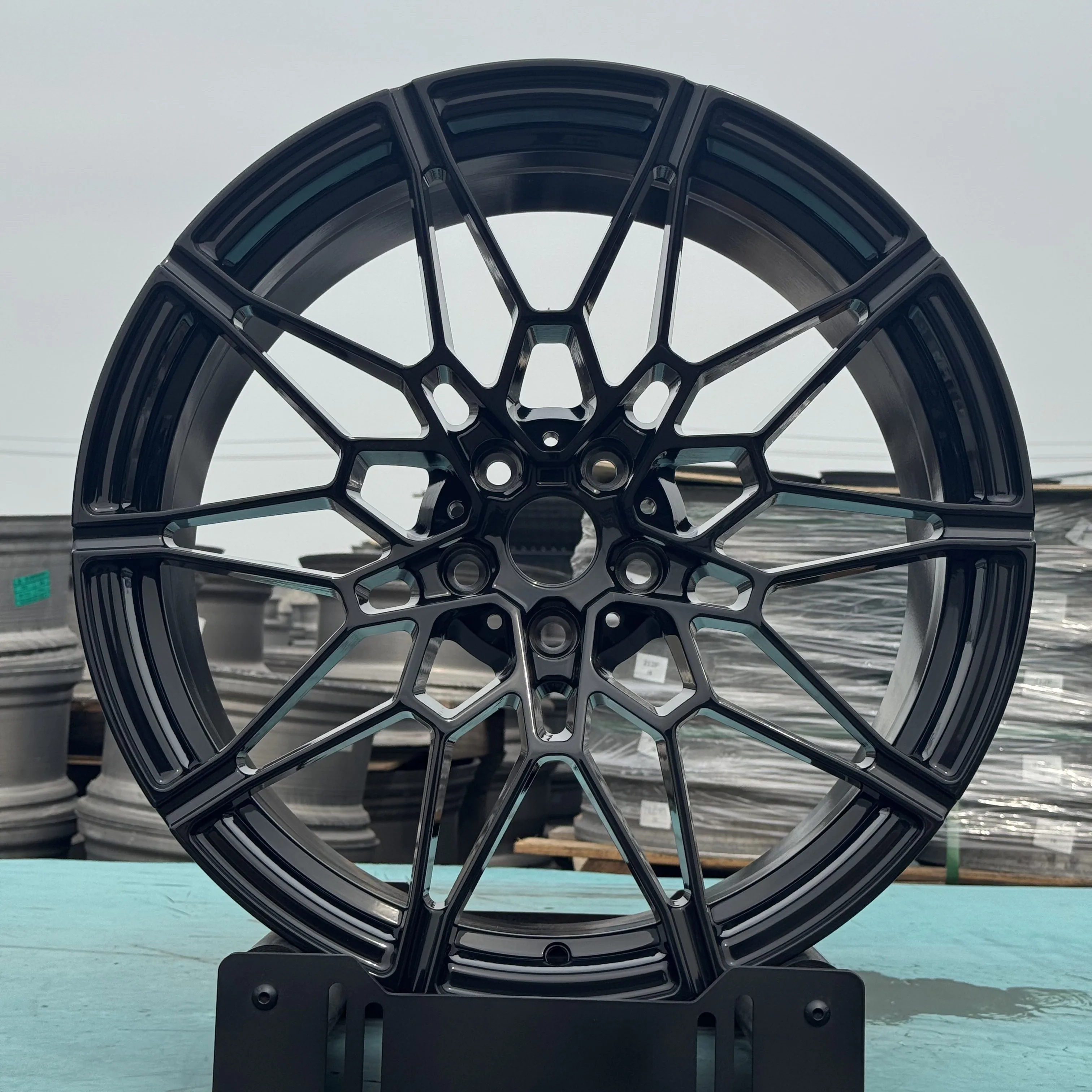

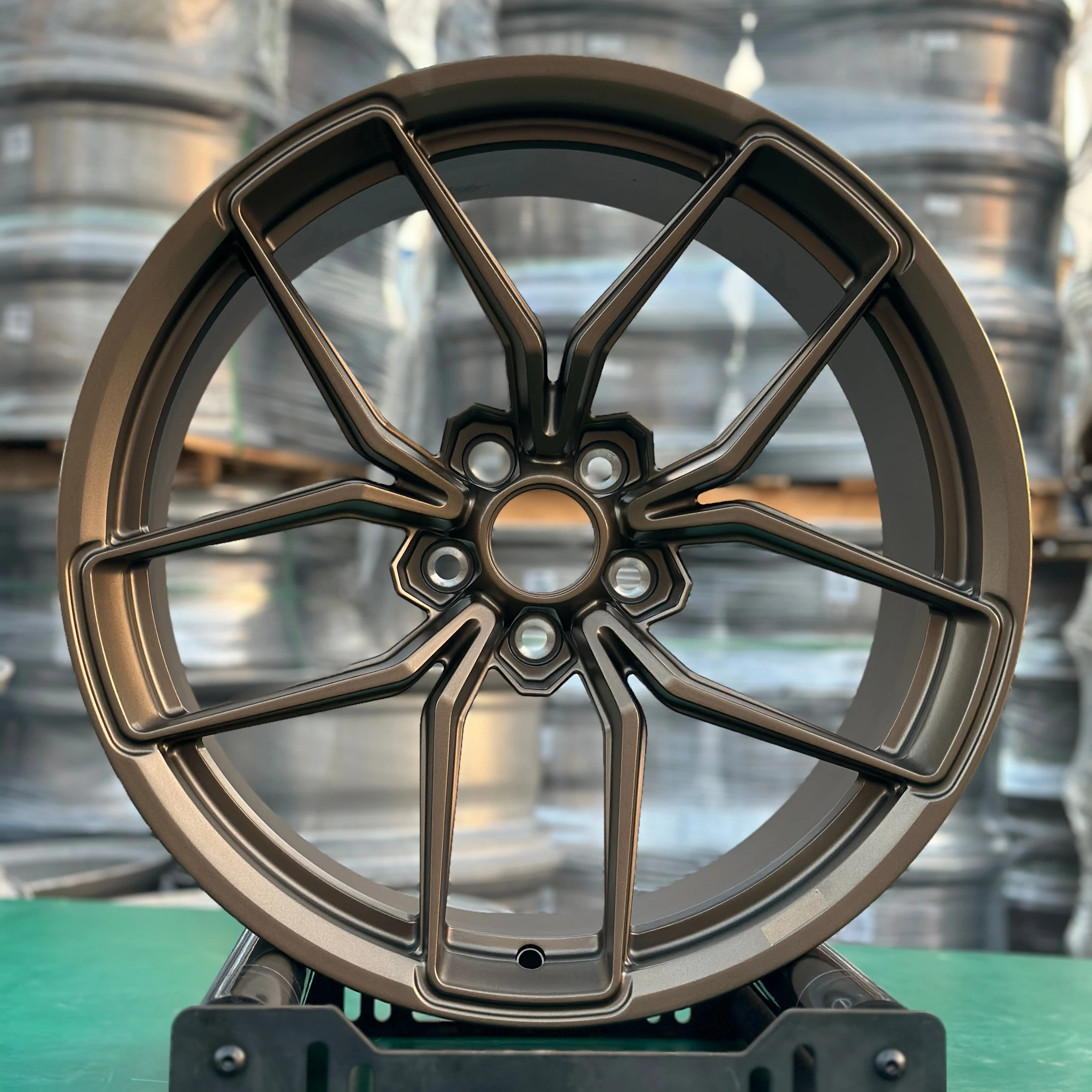
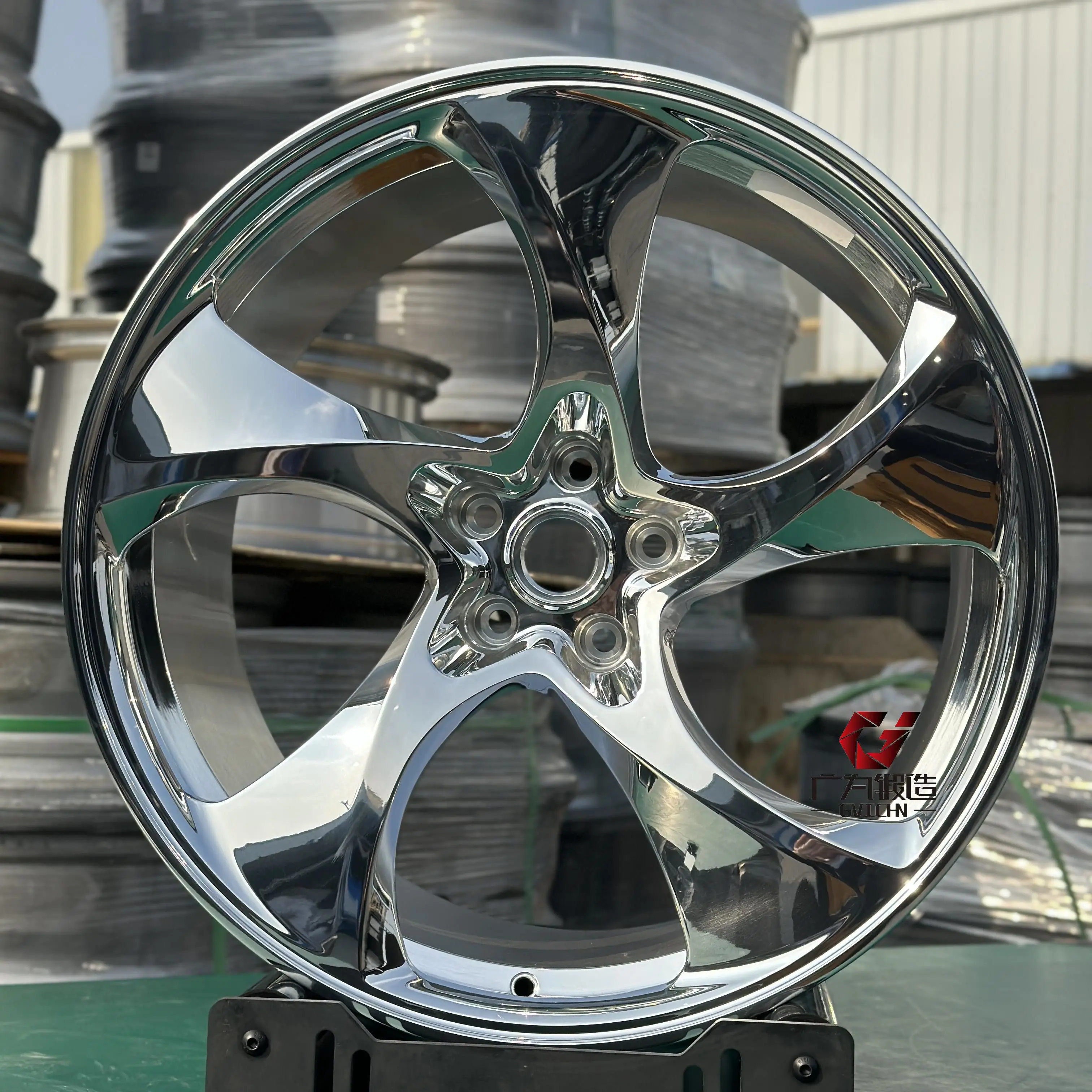

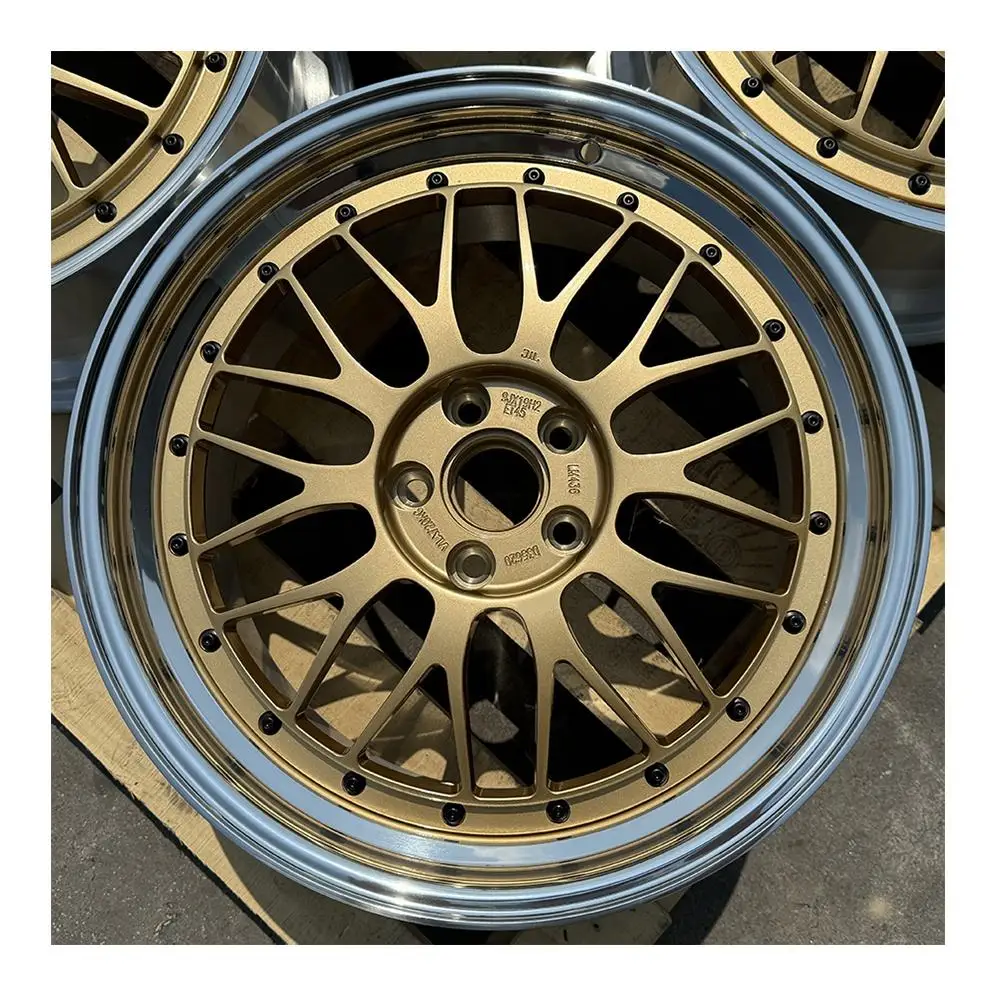
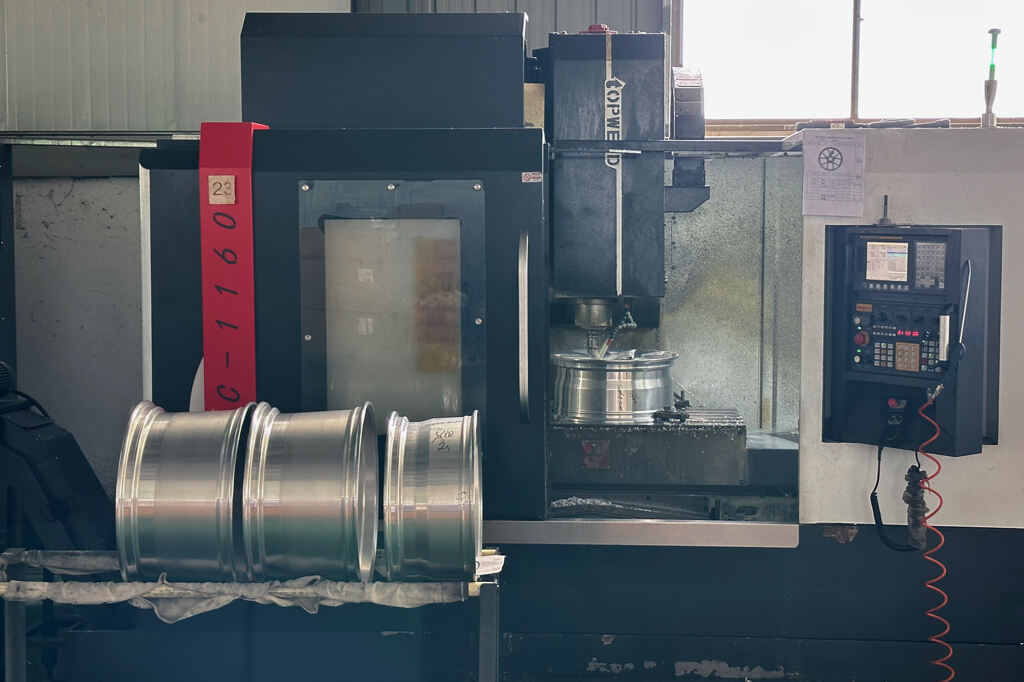
 ONLINE
ONLINE